#konjin
Text
I LOVE BUNNIES.
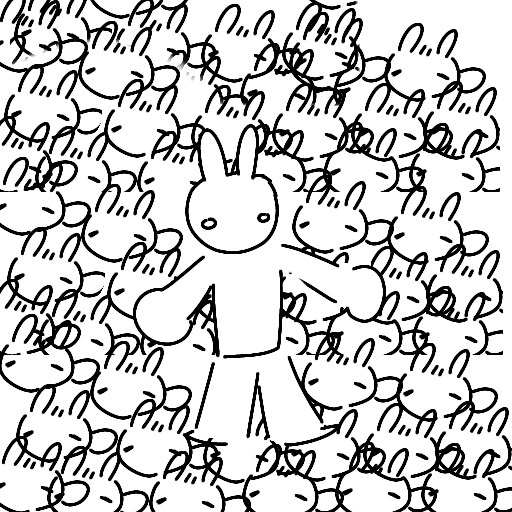
7 notes
·
View notes
Text
This is sorta canon
#what I mean is like#Susan and Felix do kinda have a conversation like this where she’s lik#‘Where did you find that thing????’#and Felix goes ‘Uhmmm I found it in a dumpster’#but that’s about it#felix kranken#portal#wheatley#wheatley portal#wheatley portal 2#twf felix#wheatlix#twf susan#susan woodings#konjin house
12 notes
·
View notes
Photo
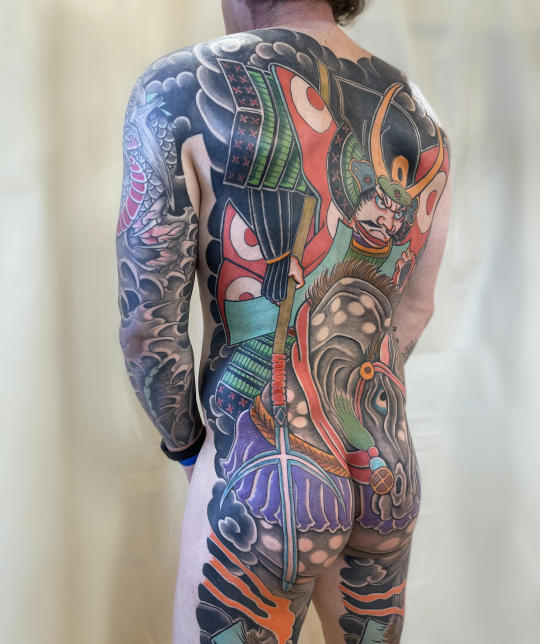
Above: Samurai Kato Kiyomasa’s history of sixteenth-century Japan is brilliantly depicted here.
Taki: One of America’s Finest Japanese Tattoo Artists
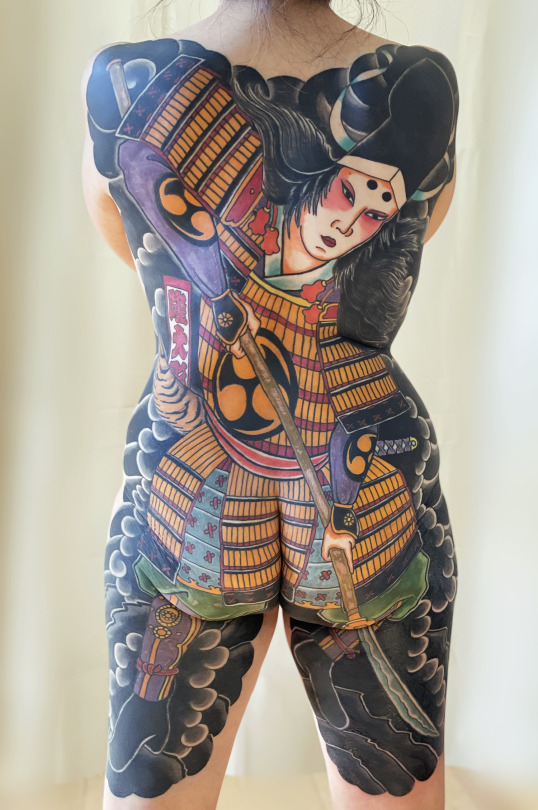
Tomoe Gozen, a renowned onna-musha from the late Heian era of Japanese history, is shown in this artwork.
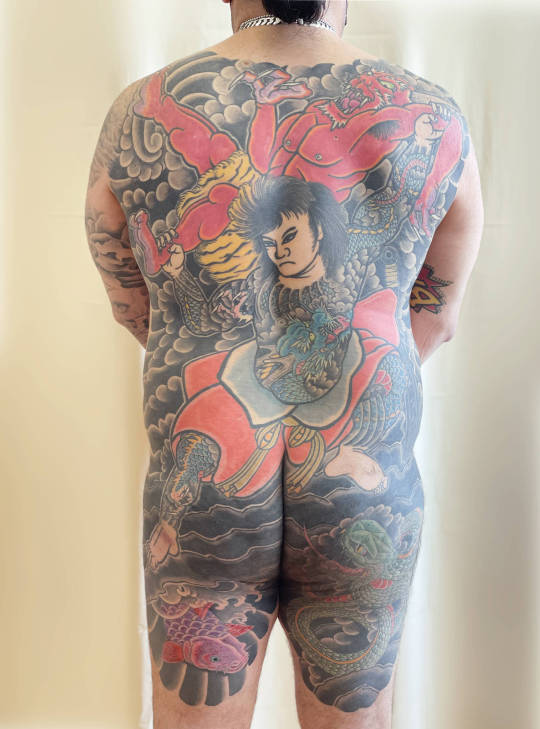
Another art piece by Takahiro Kitamura, this time representing warrior Konjin Chogoro.

Kitamura used a bright purple pigment for this tattoo of Suikoden hero Ichijosei Kosanjo.
#taki#tattoo artist#body art#artist#art#samurai kato kiyomasa#japan#history#tattoo#tomoe gozen#onna-musha#heian era#takahiro kitamura#warrior konjin chogoro#suikoden hero ichijosei kosanjo
2 notes
·
View notes
Text
Curious on if there were any small faith groups or cults that arose during the Heian Era devoted to Sukuna. Considering his classification as a walking calamity, Im sure some literally just saw him as a force of nature and/or the aramitama of a kami.
In the flashback with Yorozu the nobles were dedicating the offerings of a festival to him in hopes to appease him, did that extend beyond nobles? Did villages and people worship him out of fear similar to the kami Konjin? Tengen having religious cults surrounding her and her teachings makes me even more inclined to believe Sukuna had some as well that either died out or went into hiding.
These are all rhetorical questions lmao I’m just babbling here because I like meandering in my thoughts and adding random worldbuilding headcanons to stories I like.
27 notes
·
View notes
Text
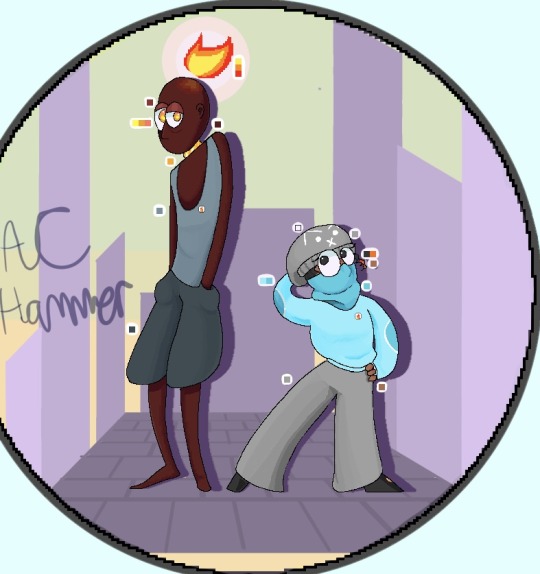
I got a liking towards Pizza Tower and now these two exist.
Meet the twins that share a single braincell, Kojin and Kura Chandler.
They are both young adults even if Kura doesn't seem like it lol.
Ask Box is open for them both!!
On the left is Kojin, a former human now cursed to be this fire dullahan thing. His head can and does come off.
Also the fire acts as normal fire, so he has to be really careful with his surroundings and with his mood. Even prolonged contact with his skin risks a burn.
...This makes job searching quite difficult. He'll take any gig that doesn't risk suffocating himself.
But hey, at least he's fireproof and unaffected by heat.
To most, Konjin appears reserved and stoic. He doesn’t show much outward emotion in general, and when he does, it’s subdued in comparison in how he feels inside. While it is partially his natural demeanor, he does put up a front and internalizes much of his stress. He also tends to be straightforward with his thoughts, which has backfired on more than one occasion.
On the right is Kura, and she easily makes up for his brother's unassuming behavior with her energetic- and impulsive- ways. Whenever the two get into a fight, she is usually first to snap. When Kojin needs her though, she will stick by his side.
She actually gave his the name "Kojin" after he lost his former name.
Unlike Kojin, she is 100% human and has a job.
She also makes handmade candles as a hobby, which she enjoys. If not that, she avidly tunes in to NTV.
While the two bicker- sometimes violently- they do have each other's backs while they take on the world together.
The two don't know any of the canon Pizza Tower characters personally.
The few they DO know about goes as follows:
-Though they haven't met, Peppino makes them both nervous.
-Kura is a fan of Noise's content. Kojin finds him obnoxious.
-They don't know Gustavo, but they've seen him before. They're more interested in Brick honestly.
-They're curious about Gerome, but don't bother him. Kura is tempted to ask about that crumbled tower though.
#pizza tower#pizza tower oc#pizza tower fanart#pizza tower fandom#pizza tower art#pizza tower ocs#fan character#oc art#my ocs#oc stuff#ocs#oc
7 notes
·
View notes
Text
nobody remember konjin house? 👉👈 pepepepeperoni pizza❓🥺
5 notes
·
View notes
Text
Here’s the storyboard for an animatic I’m working on
Source: Cut Scene from Konjin house episode 32
#it took me so long to find this audio because it was cut from the original episode XD#dhmis#dhmis tv#storyboard#cosmicxd#cosmicart#don’t hug me I’m scared#video
22 notes
·
View notes
Photo
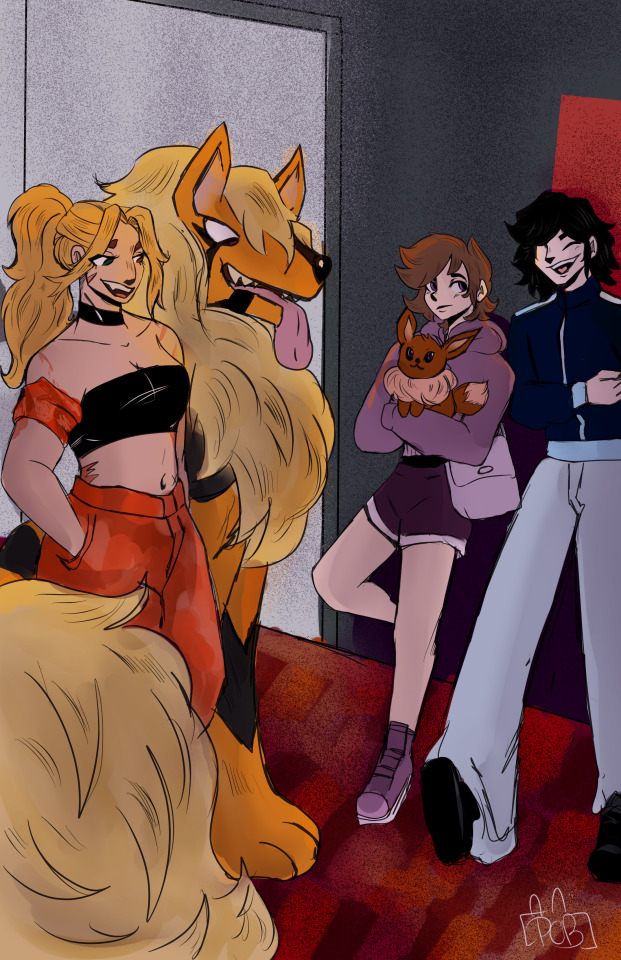

my two entries for a Pokemon zine I was in a while back!
1 - my trainersona Kani (left with their two friends Everette and Pups
2- my trainersona Konjin with his best ghost friend
2 notes
·
View notes
Note
Konjin, Konjin House
KYS !!!!!!!!!!!!!!
2 notes
·
View notes
Video
VUČIĆ U STRAHU NAKON IZBORNE KRADJE IZVEO SPECIJALNE JEDINICE
ODBITE POSLUSNOST KOPILANI OD KOPILETA VUCICA SRAM VAS BILO!!!NAROD VAS PLACA MAMLAZI,A VI IGRATE POD PALICOM BATE NEPISMJENOG KERAMICARA. STOKE !!!KONJINE . . .




JEL OVO GOVANCE STITITE???!!!??? #tuzilastvo
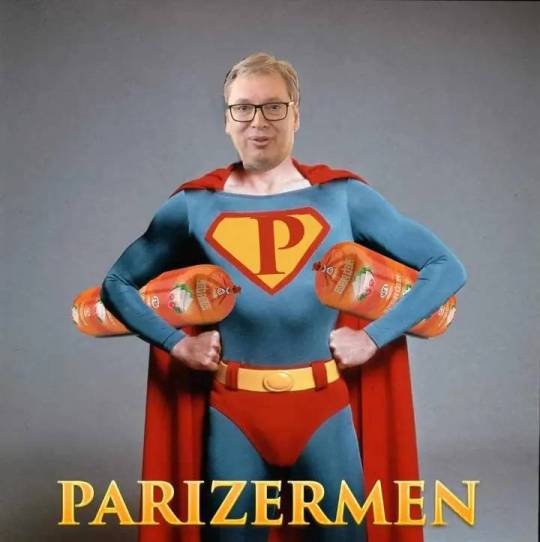
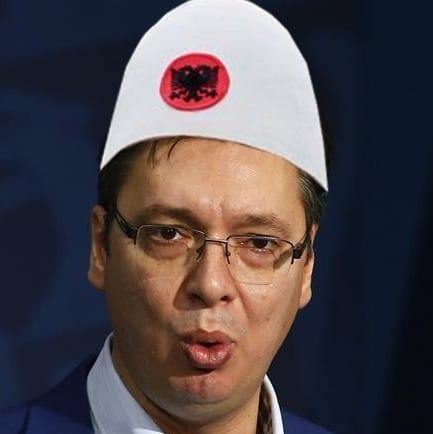


#JusticeDepartment #UNGeneva #EUnews
0 notes
Text
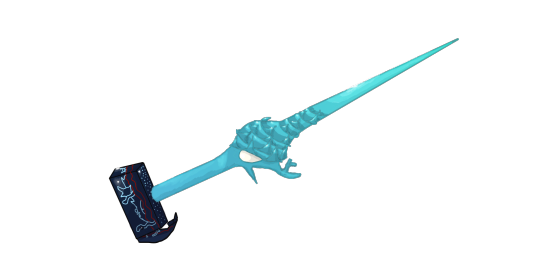
bc I missed swordtember and because I wanted to make an artificer's casting tool I made this 6-in-1 axe, pickaxe, hammer, welding torch, wrench and sword
Inspired by Baldi Konjin
1 note
·
View note
Note
The Cutting Room Floor mentions a few other demons who were cut from Nocturne besides that Amaterasu. Most of these appeared in NINE, but one named シャスティ (Shasty?) hasn't appeared in any SMT game. I would guess that this might be the Hindu goddess Shashthi. Either way, it's more fodder for unused Kaneko design speculation.
Correct! One can assume she would have used the same "Hindu goddess" template as Sarasvati/Paravati/Sati.
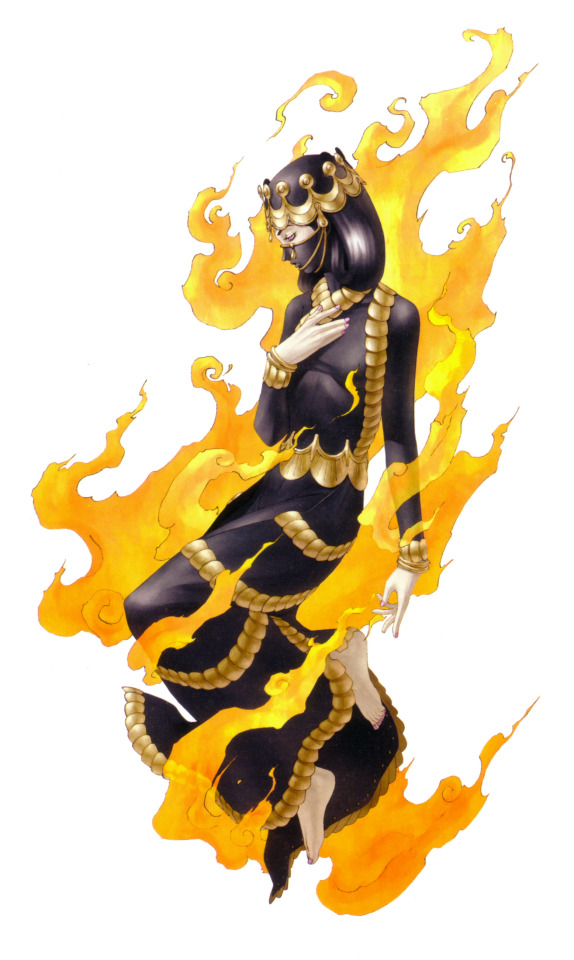
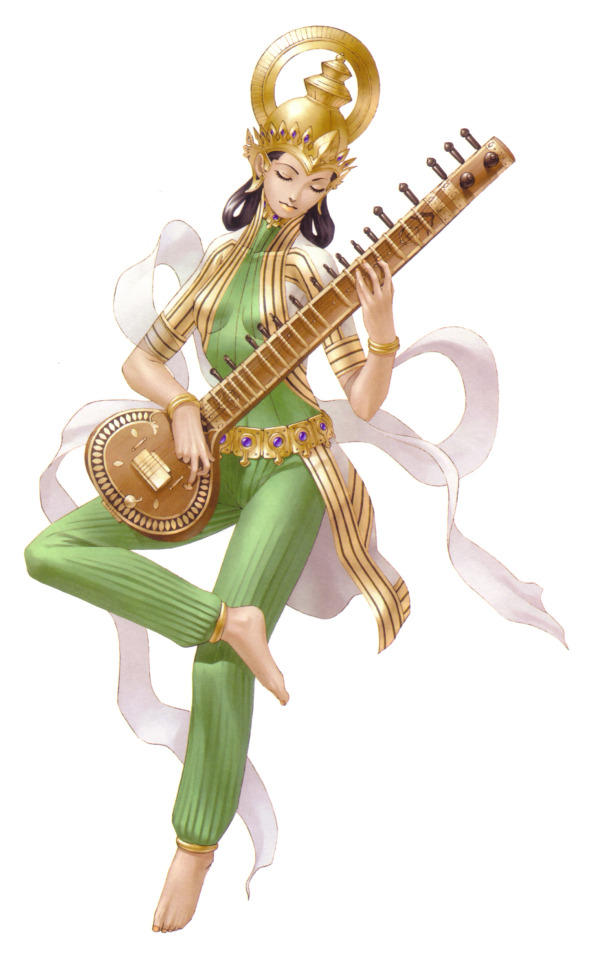
Similarly to Shashthi, there's a couple more unique names that popped up in Megaten Maniacs' Nocturne draft materials. I swore I've talked about them before, but I can't find it. Anyway, on page 95 there's a list on a page dated to March 1999 with these demons listed:
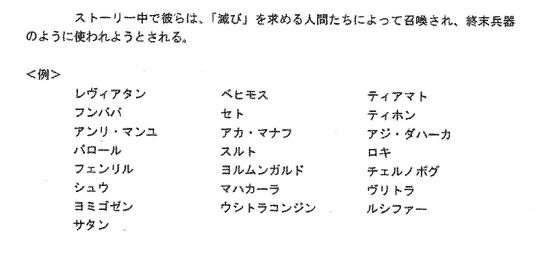
These are, from left to right: Leviathan, Behemoth, Tiamat, Humbaba, Set, Typhon, Angra Mainyu, Aka Manah, Azhi Dahaka, Balor, Surt, Loki, Fenrir, Jormundgandr, Chernobog, Chiyou, Mahakala, Vritra, Yomi Gozen, Ushitora Konjin, Lucifer, Satan.
So lots of baddies, mostly familiar names, except for Yomi Gozen and Ushitora Konjin! I can't easily find info about Yomi Gozen but Ushitora Konjin has significance in a fringe religious movement named Oomoto. It's obvious that this list was basically just a brainstorming session that never really came to pass for Nocturne, but intriguing nonetheless.
20 notes
·
View notes
Photo
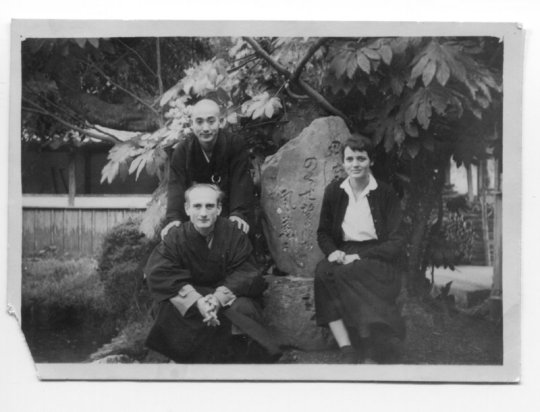


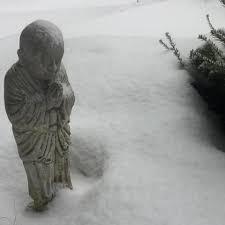

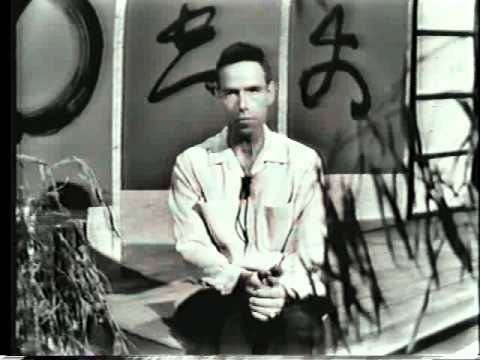
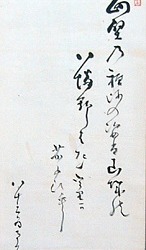


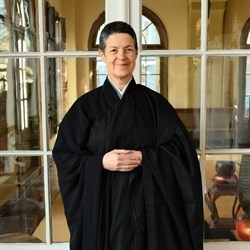
#b.white#Roshi Kapleau#Tangen-roshi#Gaelyn Godwin#konjin#Josh Jiun Bartok#Tatsugami Rosh#Joanna Bull#alan watts#reb anderson#Nakahara Nantenbō
0 notes
Photo

Baldi Konijn Demon Doodles
499 notes
·
View notes
Text
What is Konkō Shintō (Konkōkyo)?
A sect or school of Shintō developed by a farmer, Kawate Bunjiro in Asakuchi, Okayama prefecture, Japan. Kawate Bunjiro would later be known as Ikigami Konkō Daijin.
In Konkō Shintō the prominent kami is seen as Tenchi Kane no Ōkami or "The Great Kami of the Heavens and Earth." This kami is seen as a collection of three other kami namely Amaterasu Omikami (kami of the Sun), Tsukuyomi no Mikoto (kami of the Moon) and Kanayama Hiko no Mikoto (kami of the metals and minerals hence "Earth"). In Japanese religious thought the Sun and Moon are seen as rulers of the Heavens. Thus seeing Tenchi Kane no Ōkami as ruler of the heavens and earth being a collection of the kami of the sun and moon (the heavens) and earth.
In earlier thoughts Tenchi Kane no Ōkami is sometimes seen as Nikkō Bosatsu (Bodhisattva of the Sun) Gakkō Bosatsu (Bodhisattva of the Moon) Nigimitama no Ushitora Konjin ( Oni of metals and earth).
Both forms of thought are considered acceptable within the Konkō Shintō religious mindset.
While Konkō Shintō is not defined with any one particular theology, Tenchi Kane no Ōkami is omnipresent and is essentially the energy of the workings of nature and the universe that gives all things a conscious mind. This is also the reason the physical universe is referred to as "Kami’s body". Their Gōshintai is the physical space and time. However, differing from these beliefs is Tenchi Kane no Ōkami also has their own will, which they express through this Musubi, or conscious energy, in a non omnipotent fashion, thus their consciousness is not imposed on us. Opening the thought of an interdependent relationship between Tenchi Kane no Ōkami, Ōkami is the physical universe and thus cannot act out their own will, thus needing people to do it for them. And people are unable to exist without a physical universe to inhabit. Kami is often seen as a divine ideal parent - offering love, affection, support, protection, and nurturing us through their blessings. It is taught that Kami loves all people of the world no matter their race, religion, gender, and so on.
The religion has a strong stress on naturalism, natural structure, and interdependence of individuals, and each aspect of nature and the universe. Its ethical code is based on this concept of interdependence, as well as the goal of individual happiness.
In Konkō Shintō, everything is seen as being in profound interrelation with each other. Ōkami is not seen as distant or residing in heaven, but present within this world. The universe is perceived to be the body of Tenchi Kane no Ōkami. Suffering is seen as being caused by an individual's high expectations, unwillingness to compromise, impatience, arrogance, and disregard between the relationship between all things. Konkō Shintō's beliefs center around the betterment of human life in this world by showing appreciation for all things, living upright, and providing mutual help, and prayer for others. By embodying these virtues, it is taught that anyone can become an ikigami, or living kami - one who helps others unconditionally and has inner peace. An ikigami is not an exalted being or someone with mysterious, spiritual powers. It is the ideal human being who strives to save people from suffering and problems and to make the world a happier place to live in. It is believed that after death, the spirits of those who have passed on remain in the universe, as Mitama-no-kami (divine ancestral spirits) in connection with Tenchi Kane No Ōkami.
Bunjirō taught that one could receive the help of Tenchi Kane no Ōkami by "having faith in the Kami out of a sincere mind" (known in Japanese as the phrase Jitsui Teinei Shinjin).
Konkō Shintō believes there is a mutually dependent relationship between Tenchi Kane No Ōkami and people. People cannot exist without Tenchi Kane No Ōkami, and Tenchi Kane No Ōkami cannot exist without people. With air, water, food, and other blessings of the universe, all living things can thrive. In return, Tenchi Kane No Ōkami asks that people help others, live in harmony with the ways of the Universe, and make the world a peaceful place to live for everyone. By fulfilling Tenchi Kane No Ōkami's wishes to help others, people bring Tenchi Kane No Ōkami's virtue to life. Through this mutually reliant and interdependent relationship, both Tenchi Kane No Ōkami and people can continue to exist and work together to make the world a more peaceful place.
An aspect that separates Konkō Shintō in a unique way is "Toritsugi" which means mediation. In Konkō Shintō, Toritsugi (Mediation) is a spiritual practice for people to establish a communication link between themselves and Tenchi Kane no Ōkami. One can receive Toritsugi by a Konkō priest, generally at a Konkō Jinja, or shrine. A visitor enters the shrine, sits in front of the priest, and says whatever is on their mind. It can be a request to resolve a problem, or a word of thanks.
In Toritsugi, after the visitor says everything they have wanted to say, the priest relays the visitor's words to the spirit of Ikigami Konko Daijin (the spiritual formal name of Bunjirō, who was first taught Toritsugi by Tenchi Kane no Ōkami) in prayer. Ikigami Konko Daijin then helps the priest to further relay the words to Tenchi Kane No Ōkami.
Tenchi Kane no Ōkami then replies to the priest, who will then relay it back to the person.
By understanding the message of Tenchi Kane No Ōkami's teachings and advice, the visitor can receive guidance to their issues, or feel relieved from anxieties knowing the deity has heard their words. Toritsugi can help the person put a problem into perspective and find solutions from within their own hearts.
Tenchi Kane No Ōkami asks people to understand their teachings, thus to make people become aware of their relationship with the Universe and the ways of the Universe. By working within the framework of the laws of the Universe instead of going against it, people can avoid troubles which lead to suffering. While Toritsugi at shrines is typically performed by priests, lay members are also encouraged to perform Toritsugi in their daily lives to help others. When they meet people who are suffering, the Konkō Shintō way is to listen to their problems, support them, and pray for their wellbeing and happiness. Tenchi Kane no Ōkami wishes for all people to become a mediator and help others.
Konkō Shintō has shrines where people can go to worship and pray. Though Konkō Shintō believes that Tenchi Kane No Ōkami is everywhere, and followers of the way can talk to the deity anytime and anywhere, the shrine is a place to receive assistance and guidance through Toritsugi, and for people to focus their prayers, to appreciate blessings, apologize for any irreverence they may feel they have made, as well as be a safe and calming center for people to visit.
The faith believes that all people came from and are connected by the universe. This means that all people are connected by Tenchi Kane no Ōkami and there is no one that does not belong. Konkō Shintō desires to have all people, regardless of race, creed, gender, and occupation, work together to resolve the problems of the world. The faith also respects and accepts all ethnic groups and religions.
All people are regarded as equal regardless of race, religion, gender, occupation, social status, and wealth. Women in Konkō Shintō are also held in high esteem with many women serving as head priests (Gūji) at its shrines.
Konkō Shintō also does not impose any restrictions on food and drink. Konkokyo believers are permitted to consume alcohol, caffeine, meat, etc.
Celibacy is also not a requirement for the clergy or anyone. There are no restrictions for Konkō Shintō believers. As well, believers are not obligated or required to pay any dues or make any donations.

A picture of Konkō Shintō Headquarters.
18 notes
·
View notes